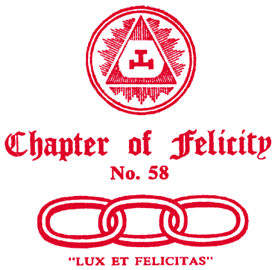William John Crump was born in 1850, the son of William Alexander Crump and Sarah Maria Parker, the third of ten children and eldest of their two boys.
Educated privately, he became a solicitor in his Fathers firm, William A Crump & Son of 17 Leadenhall Street and developed a large maritime, mercantile, and company practice. He was appointed a Justice of the Peace for Middlesex. He lived in ‘Treverbyn’, later Thirsk Lodge, Hornsey Lane.
He was elected as the first Mayor of Islington in 1900 and re-elected in 1901. He became the Vice-Chairman of the Metropolitan Mayors and ex-Mayors Association between 1900-1902 and received Coronation Medal. He was knighted in the 1903 New Years Honours List.
He was a Member of the Second Hornsey School Board and of Hornsey Urban District Council,
He was active in obtaining open spaces for the people in Hornsey both as one of the promoters and an original Director of the Crouch End Playing Fields and as a Member of the Committee for the acquisition of the Queen’s Wood, Highgate, and the Alexandra Palace.
He was politically a Conservative: a Member of Council and Executive Committee of City of London Conservative Association, President of Wealdstone and District Conservative Association, Vice-Chairman of and Chairman of the Organisation Committee of the Metropolitan Division of the National Union of Conservative Associations and Chairman of North Islington Conservative Association from 1884.
A long standing member of the Lodge of Felicity, he was their Master in 1883 and Treasurer from 1893 to 1901. He was a a Grand Steward, and Secretary of his Board in 1881, and later an ADGC in Grand Lodge and a Provincial Grand Warden for Essex. He, like Knyvett and Smith was also to be afforded the honour of being Master of Grand Stewards Lodge.
As well as being a Freemason he was a liveryman, being a Past Master of the Worshipful Company of Upholders.
He was a member of the Junior Carlton and the City Carlton Clubs and was a keen golfer.
He was described in the Middlesex Biographies published in 1906 as being “a great stickler for forms and ceremonies”, which given the predilection for understatement in those days does make one pause for thought.
He died on 8 January 1923.
